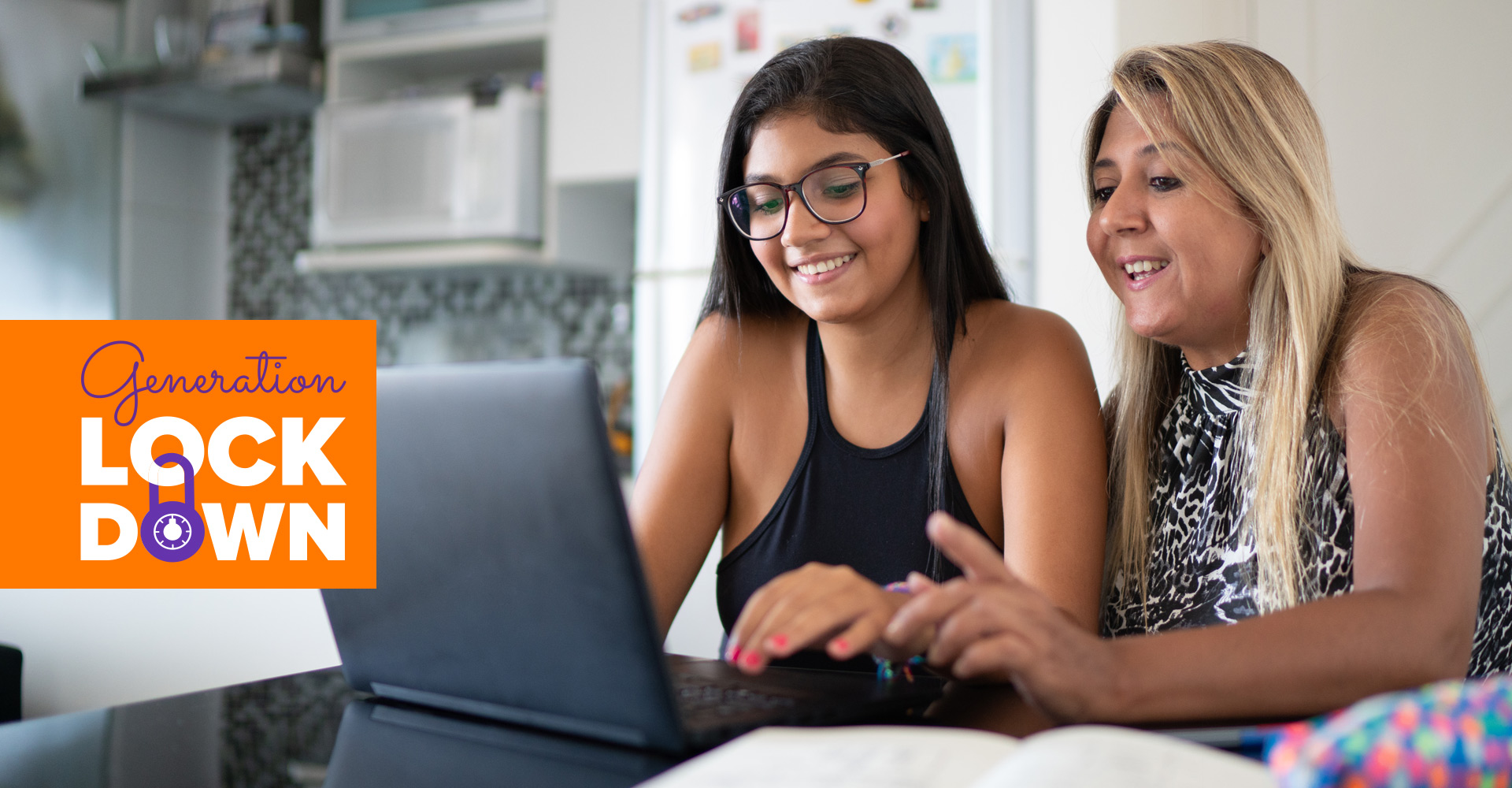
Reliable tips on how to discuss what, where and how often your kids share online
Kids — and adults — share stuff online. That’s a given. But with the Covid-19 pandemic leading to everyone spending an increased amount of time online, kids are sharing more than ever. In fact, according to the Avast Kids Online: Generation Lockdown survey, 49% of kids 12 and over have shared more content online since the pandemic began. And while there’s nothing inherently wrong with sharing more online, this is a good moment to revisit the conversation about what’s okay — and what’s not okay — to share. Your family likely has its own boundaries about sharing, including where it’s okay to share, what’s okay, and how often. But to help you out we spoke with psychotherapist and author Catherine Knibbs, who works with young people who have experienced trauma online, about some good general guidelines. A great general rule to go by, Knibbs says, is the “Grandma Test.” It’s simple: Ask your kid, “What would your grandma think if she saw this?” It’s a good way to help kids gauge what’s appropriate and what’s not appropriate to share online. Knibbs also says that kids should have an understanding of which spaces are “safe” for them to share in. “That requires some conversations about what platforms they’re using, what measures are in place to keep them safe,” Knibbs tells Avast. “That requires learning on both your and your child’s part about the platform they’re using.” Knibbs also suggests telling kids that it’s okay to share something that they know they can remove: “If you have full control of where you’re sharing it, who you’re sharing it with, and you can remove it, it’s okay to share.” You should also add in a conversation about how to get a photo removed, in case they do choose to share somewhere they don’t have control over. Better safe than sorry. If your kids are teenagers, then it’s possible some of the images they’ve been sharing are of a sexual nature. But sexting images of underage people — even if you are the underage person and you took the photo yourself — is illegal. In some places, kids have even been prosecuted for distribution of child pornography for sending sexts to their own significant others or sharing images of other kids that were shared with them. And while sexting is not appropriate for people under the age of 18, it can be hard to get kids to understand why they can’t share these kinds of images. The issue, Knibbs says, is that kids think something along the lines of, “It doesn’t bother me now. We’ll be together forever, so why would it bother me ever?”. The conversation about sexting should be wrapped up in larger conversations about safety in the digital age, but this is a great opportunity to help your kids work their critical thinking skills. Knibbs suggests asking questions like, “Is it something you’d be happy with in six months if someone showed it to you?” The goal is to help your child work through these situations on their own. While we’re not into scare tactics here at Avast, we do recommend that you remind your kid of the old adage, “The internet is forever.” Knibbs suggests a gentle approach. “Say something like, ‘You know how old your parents are? Your picture could be up when you’re as old as them,’” Knibbs suggests. “That’s how long this could be on the internet. Are you happy with that?’” The increase in sharing online since the start of the pandemic is a natural result of the increased time we’re all spending online. But there’s no need to stress about it. Stay involved, keep having conversations about online safety, and the kids will be alright.Use the “Grandma Test”
Analyze whether it’s a safe space
Remind them that explicit selfies are still illegal
Remind them that the internet is forever
如有侵权请联系:admin#unsafe.sh
.png)